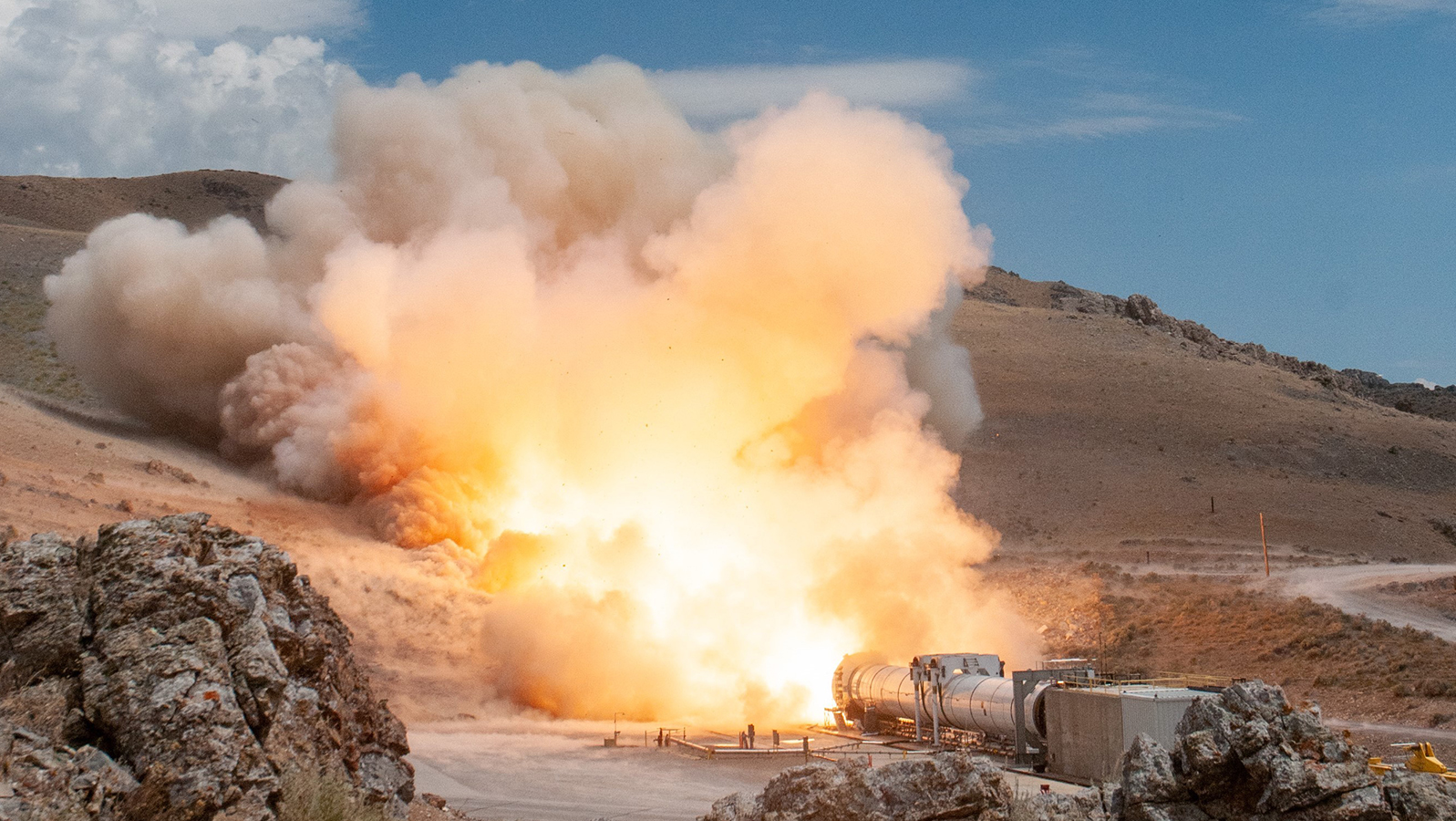Stay Up to Date
Submit your email address to receive the latest industry and Aerospace America news.
The Solid Rockets Technical Committee studies techniques applied to the design, testing and modeling of rocket motors based on solid propellant grains.
In its arms race with China and Russia, the United States conducted its first successful tests of new hypersonic tactical weapons, made major updates to the submarine-launched Trident II missile program, increased the production of highly effective tactical weapons and carried out a variety of ground and flight tests.
In May, the U.S. Army awarded the Javelin Joint Venture, a partnership between Lockheed Martin and Raytheon, two contracts worth $309 million to increase the production rate of Javelins. This contract supports the manufacture of approximately 1,300 Javelins in partial fulfillment of the Ukraine Supplemental Appropriations Act and numerous orders received from Albania, Latvia, Norway and Thailand. The Army awarded the venture another contract in September for $311 million for the delivery of 1,800 additional Javelins.
Also in May, the Army awarded Raytheon a $624 million contract from the Ukraine appropriations act to produce 1,300 Stinger missiles. The contract accounts for equipment upgrades and improvements in manufacturing to support the rapidly growing demand for this combat-proven air-defense system against cruise missiles and enemy aircraft.
In June, the U.S. Navy and Lockheed Martin completed updating the submarine-launched Trident II strategic weapons program, the most survivable leg of the nuclear-deterrent triad, to extend its lifespan from 2024 to 2040. The Navy tested four of these life-extended missiles, showcasing their performance characteristics, strike precision and consistent reliability. The tests also increased the total number of effective flights of the three-stage solid rocket motor to 167. The missiles will continue to support the Ohio- and Columbia-class submarines, as well as the U.K.’s Vanguard and Dreadnought counterparts.
In April and July, DARPA, in partnership with the U.S. Air Force, carried out demonstration flights of both variants of the Hypersonic Air-Breathing Weapon Concepts. Both vehicles met all primary and secondary objectives.
Starting in mid-July, the Air Force and Lockheed Martin conducted hypersonic boosted flight tests of the AGM-183A Air-launched Rapid Response Weapon. After being released from a B-52H aircraft, the boosted glide missile used a solid rocket motor for the needed acceleration to achieve effective scramjet engine operation. This enabled the hypersonic glider to swoop down toward its target at speeds exceeding Mach 5.
Also in July, DARPA’s Operational Fires program tested the logistical viability of a truck as a launcher for blasting off a hypersonic glide missile. This ground test, which Lockheed Martin performed at White Sands Missile Range in New Mexico, demonstrated several enabling technologies, including the solid first stage, missile canister and missile round pallet for medium-range delivery.
In November, NASA launched the first Space Launch System rocket, with two five-segment solid rocket boosters providing additional thrust upon liftoff to send an unoccupied Orion capsule around the moon for the Artemis I mission. In July, NASA and Northrop Grumman tested a flight support booster for future SLS variants. The test at Northrop Grumman’s facility in Utah generated over 16 million newtons of thrust and allowed engineers to verify the performance of new materials, ignition systems and advanced electronic thrust vector controls.
In early August, Northrop Grumman and Firefly Aerospace announced they would upgrade the first stage of the Antares 330 rocket. Northrop Grumman is responsible for vehicle integration and launchpad operation, as well as providing avionics, upper-stage components and Castor 30XL motor. Firefly is to provide seven of its Miranda engines, which will bolster the vehicle’s payload capability.
On the international stage, the European Space Agency and ArianeGroup carried out the inaugural flight of a Vega C rocket. Initial thrust was provided by P120C and Zefiro 40 motors, which use monolithic carbon fiber cases. Vega C showcased its increased payload capacity.
Contributors: Agostino Neri and Wesley J. Ryan
Stay Up to Date
Submit your email address to receive the latest industry and Aerospace America news.




